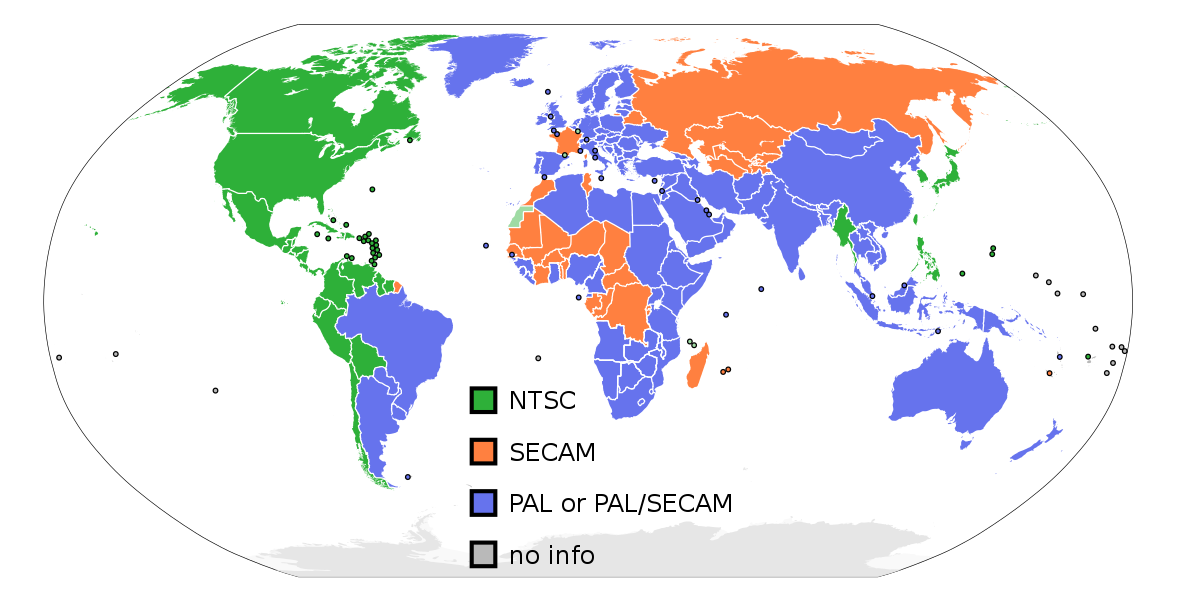Quick question - thought this the best thread for it.
I have a Hong Kong 64 which connects to my CRT via a Playtronix scart cable (not all pins are wired up).
I connect it via an Argos scart block and when I flick to RGB, I get a great picture (not sure this means it's actually RGB tho...)
However, when I hook it up to my Sony LCD TV, I just get rolling graphics on and off. I've tried swapping the cable with a standard SNES cable (split composite into scart) and get nothing at all on screen.
Does anybody know what kind of cable I should buy to get it to work on my LCD?
I have a Hong Kong 64 which connects to my CRT via a Playtronix scart cable (not all pins are wired up).
I connect it via an Argos scart block and when I flick to RGB, I get a great picture (not sure this means it's actually RGB tho...)
However, when I hook it up to my Sony LCD TV, I just get rolling graphics on and off. I've tried swapping the cable with a standard SNES cable (split composite into scart) and get nothing at all on screen.
Does anybody know what kind of cable I should buy to get it to work on my LCD?

 (Although I think a new thread might have been better at this point!)
(Although I think a new thread might have been better at this point!)

 )
)





Comment